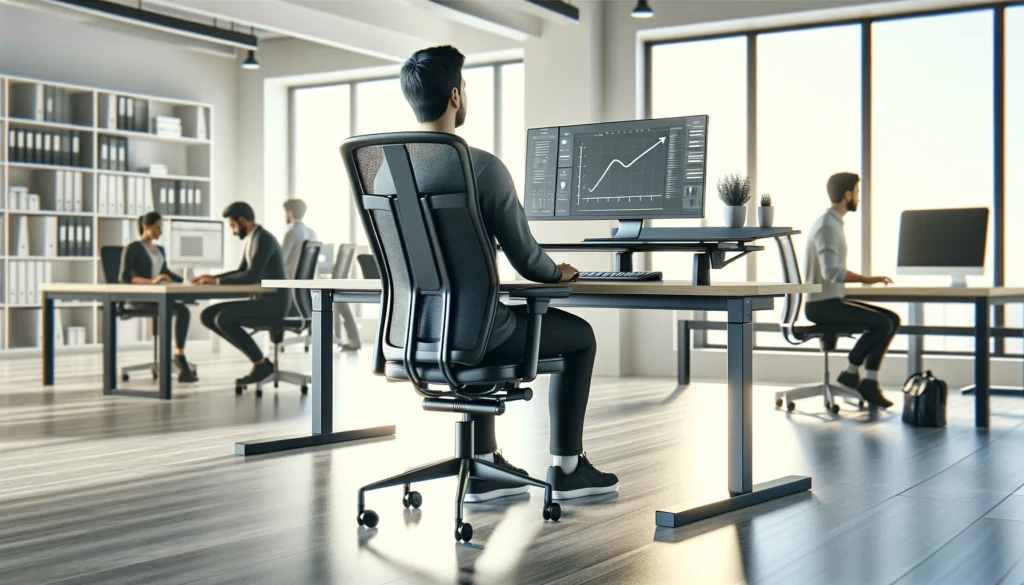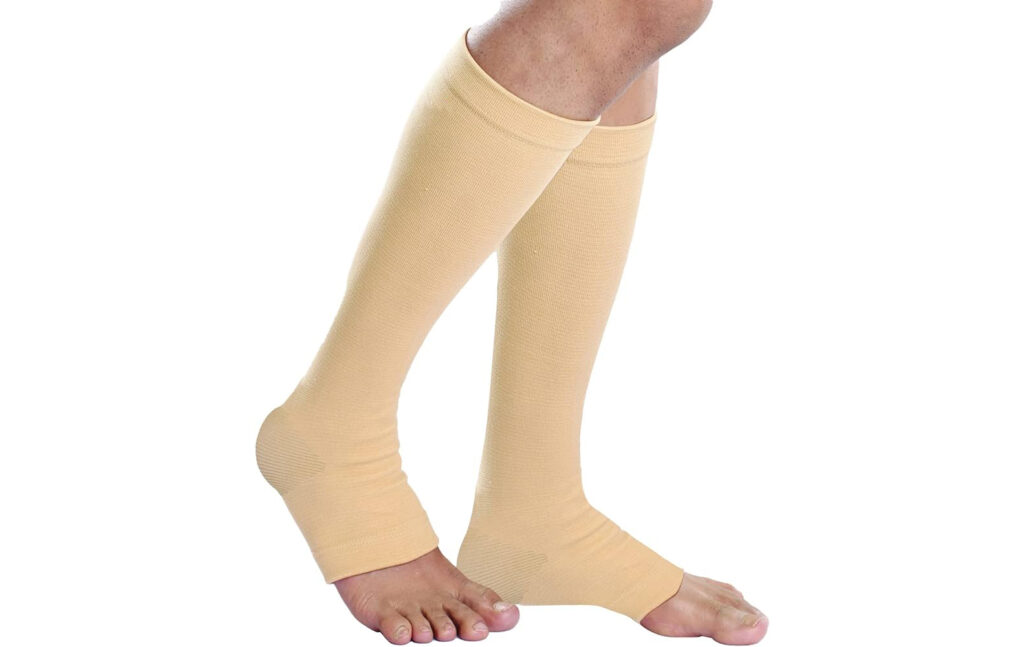Introduction
In our increasingly sedentary lifestyles, the impact of sitting on vein health has become a significant concern. Prolonged sitting, whether at work or home, can lead to a variety of vein-related health issues. This article delves into how sitting affects vein health, the risks involved, and practical strategies to mitigate these effects.
How Sitting Affects Vein Health
Understanding Venous Circulation
The human body is designed for movement, and our veins rely on muscle contractions to help pump blood back to the heart. When we sit for extended periods, this natural mechanism is disrupted, leading to poor venous circulation.
Increased Pressure on Veins
Prolonged sitting increases pressure on the veins in the lower legs and feet. This can cause blood to pool in the veins, leading to swelling, discomfort, and over time, more serious conditions such as varicose veins and deep vein thrombosis (DVT).
Health Risks Associated with Prolonged Sitting
Varicose Veins and Spider Veins

Varicose veins and spider veins are common issues that arise from prolonged sitting. These conditions are characterized by enlarged, twisted veins that can be both painful and unsightly.
Chronic Venous Insufficiency (CVI)
Chronic Venous Insufficiency occurs when the veins are unable to effectively return blood to the heart. Prolonged sitting is a major risk factor for CVI, which can lead to severe swelling, skin changes, and ulcers.
Deep Vein Thrombosis (DVT)
DVT is a serious condition where blood clots form in the deep veins of the legs. Extended periods of sitting, such as during long flights or desk jobs, significantly increase the risk of DVT.
Practical Strategies to Mitigate the Impact of Sitting on Vein Health
Incorporate Regular Movement
One of the most effective ways to counteract the impact of sitting is to incorporate regular movement throughout the day. Simple activities such as standing up, stretching, and walking every 30 minutes can make a significant difference.
Ergonomic Adjustments

Making ergonomic adjustments to your workspace can also help. Ensure that your chair supports your lower back and encourages good posture. Consider using a sit-stand desk to alternate between sitting and standing.
Wear Compression Stockings

Compression stockings can help improve circulation in the legs by applying gentle pressure. They are particularly beneficial for individuals who are at higher risk of venous disorders.
Stay Hydrated and Maintain a Healthy Diet

Proper hydration and a balanced diet rich in fiber and low in salt can prevent swelling and promote overall vein health. Avoiding excessive caffeine and alcohol is also advisable.
Conclusion
The impact of sitting on vein health is a critical issue that cannot be overlooked in today’s sedentary lifestyle. By understanding the risks and implementing practical strategies to promote movement and improve circulation, individuals can significantly reduce the negative effects of prolonged sitting and maintain healthier veins.

